Teachers are some of the most dedicated professionals in the workforce. They take on enormous responsibilities for little financial reward just to see their students grow and learn. They are painstakingly aware that student outcomes largely depend on their own abilities to impart information, skills, and life lessons.
Successful teachers perform up to standards and give to the best of their capabilities. However, teacher success is not purely reflected by student test scores; rather, it can be measured by student perception surveys and teacher feedback forms.
And regular feedback is necessary for teachers to improve, says teacher and instructional coach Starr Sackstein. There are few ways to really know how effective a teacher is in front of a classroom — watch them teach or hear from one of their students. That’s why teacher performance feedback forms are so helpful.
Pro Tip
Create free online feedback forms with Jotform to get to know your students better and improve your classroom.
Why K–12 teacher performance feedback is important
Teaching is both an art and a science. You may feel that your lessons are going great — only to find out that the material just isn’t clicking with students. Feedback will let you know how you are performing (and how you are measuring up to standards).
Feedback from students, parents, and administration gives you honest insight into your performance as a teacher. “Effective educators are never satisfied with where they are in their practice and are constantly seeking to figure out the best ways to teach and the best ways students learn,” explains education consultant Steven Anderson. And he says that one of the best ways to continue improving is to incorporate feedback into a teacher’s routine.
Studies confirm that student feedback helps teachers improve, which in turn allows students to learn better and more. The Institute of Education Sciences compared teachers who received regular feedback (four times a year) to those who did not receive regular feedback. The former group had higher performing students, particularly in math, which is the equivalent of about four more weeks of learning.
Pro Tip
For an insightful look into the future of higher education, explore “8 Top Trends in Higher Education to Watch in 2024” on Jotform’s blog.
Improving teacher performance is important because teachers have the most influence on student outcomes. The Bill & Melinda Gates Foundation produced a three-year study on measures of effective teaching. This MET project adds to decades of research that suggests teachers are the most important factor in student learning outcomes.
Researchers highlight that “student perception surveys and classroom observations can provide meaningful feedback to teachers. They also can help system leaders prioritize their investments in professional development to target the biggest gaps between teachers’ actual practice and the expectations for effective teaching.”
Feedback forms are helpful to gauge where a teacher is and how they can improve. But what constitutes a good feedback form and how do K–12 professionals create them?
How to create a good feedback form
The Massachusetts Department of Elementary and Secondary Education (DESE) has developed model feedback forms that evaluate teachers based on specific standards. These model forms can be trusted because they went through an extensive development process in which more than 10,000 students and 1,500 staff took part.
The example feedback forms are comprised of statements. Students select their answer on a scale ranging from “Strongly Agree” to “Strongly Disagree” (with space for additional feedback at the end). Administrators can opt between an extensive version, a short form, and a mini form.
Some example statements include
- “In this class, students help each other to learn.”
- “My teacher uses our mistakes as a chance for us all to learn.”
- “When asked, I can explain what I am learning and why.”
- “I can show my learning in many different ways (e.g., writing, graphs, pictures).”
Other educators prefer to keep assessments simpler. They embrace the “start, stop, continue” method. Viktor Nordmark, cofounder of the chatbot Hubert.ai, writes that this method of formative feedback produces more constructive feedback than Likert-scale forms. Teachers create surveys based on the following three questions:
- What should the teacher start doing?
- What should the teacher stop doing?
- What should the teacher continue doing?
When teachers ask students these questions, they are able to see which teaching methods are appreciated by students and which aren’t helpful. Many universities, including Harvard, Boston University, and New York University, embrace this feedback method.
Both the DESE model form and the popular “start, stop, continue” surveys can help teachers improve their practice and create student-centered classrooms. The forms don’t have to be followed exactly, but there are some key takeaways to keep in mind when creating your own surveys for feedback.
Enhance your feedback forms with AI. Discover how Jotform’s AI Form Generator can streamline your process.
The feedback must have a goal
Teachers don’t need more things to do unless these additional tasks provide real value. Forms must be designed to reflect how a teacher is performing when compared to standards, expectations, and goals. Not only that, but the insights must be actionable. From the feedback given, teachers should be able to identify any weaknesses and be able to implement real change in those areas. This might require additional support from colleagues.
Use closed-ended and open-ended questions
Likert scales, like those of the DESE model form, yield quantitative results that highlight trends and opinions of dozens of students per teacher. Quantitative data allows teachers and school leadership to objectively analyze teaching patterns.
Quantitative data gives one view of a classroom, and qualitative feedback can give another. Space for additional remarks gives students the ability to expand on any of their responses and go a little deeper on their feedback. Both types of feedback offer teachers valuable insight into how their teaching lines up with standards.
Just remember to keep both types of questions clear and easy for students to respond to.
Keep form content age and class appropriate
A 16-year-old AP student will be able to handle a long feedback form and might appreciate the teacher’s intentions in asking their thoughts. On the other hand, a third-grade student might only have the attention span and evaluation skills to answer a mini feedback form.
Use appropriate language and form lengths. Teachers can remind the students in an age-appropriate way that they are giving these forms because they care about the students and want what is best for them.
Teacher feedback forms are not just for students
Students know their teacher best. But they are not the only ones who can offer insight into teacher performance. School administrators and parents can give teachers feedback in ways that students might not be able to.
Colleagues too can offer insights from a professional perspective. They will be more able to answer the question “What should teachers start to do?” because they have years of training and classroom experience to guide them in new activities or strategies. Parents can comment on teachers’ communication and relationships with families, both critical factors in student success.
Images by: Kelli Tungay, rawpixel







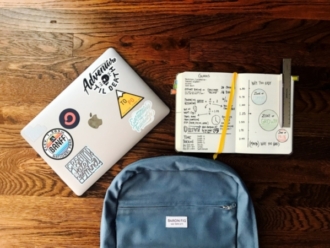



















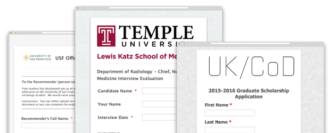








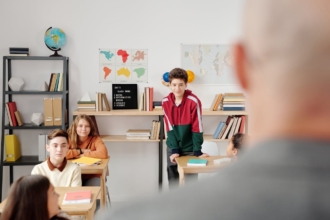























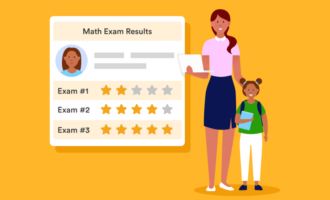











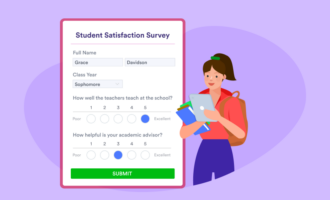



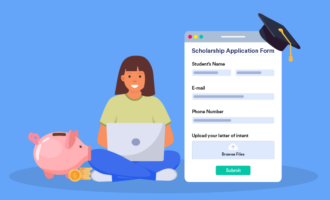




























Send Comment: